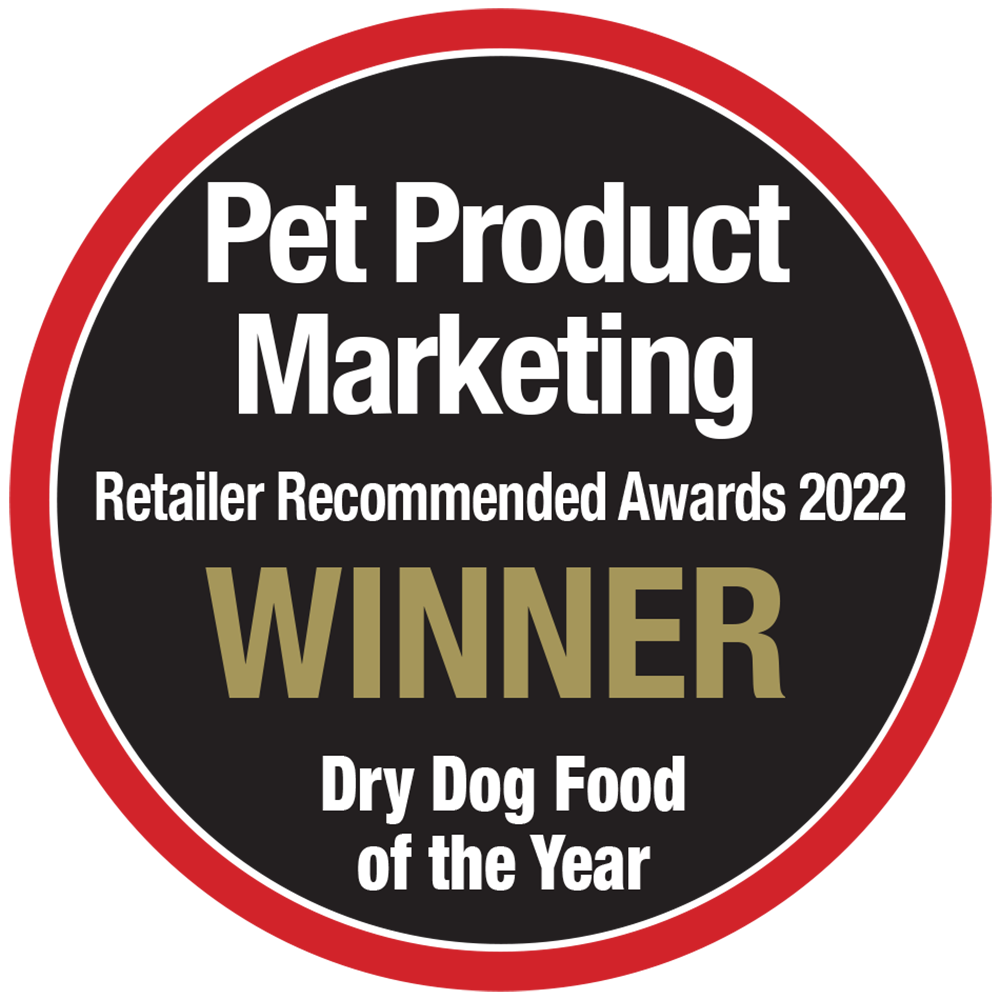Chronic kidney disease (CKD) affects an estimated 1%-3% of all cats and 0.5% to 1.5% of all dogs.
Kidney disease can be caused by any number of things;
- Congenital malformation of the kidneys (birth defects)
- Pyelonephritis (chronic bacterial infection of the kidneys)
- Hypertension (high blood pressure)
- Acute kidney disease (for example, poisoning)
- Natural aging
- Kidney stones
Often, however, the cause of CKD is unknown.
The kidneys are really important organs in the body. Their function is to regulate body fluid, blood pressure as well as regulate blood chemistry and remove organic waste. The kidneys act as a filter to remove blood waste that is generated from the break down of food, toxins, old cells, any medication they may be on or poisons.
So it’s easy to see why it’s so important to look after kidneys and to support them when disease is found.
Unfortunately, CKD is irreversible but if detected early enough it can be managed, initially with intravenous fluid therapy then symptomatically with medication, diet, routine check-ups and blood work at your vets. Here are some common CKD signs to look out for:
- Polydipsia (drinking excessively)
- Polyuria (urinating excessively)
- Lack of appetite
- Weight loss
- Vomiting and/or Diarrhoea
- Weakness/lethargy
- General depression
- Dehydration
- Pale gums
- Mouth ulcers
- Sudden blindness (due to high blood pressure)
Many of the above symptoms can be caused by other conditions, but if you notice any of these it’s important to take your cat/dog to see your vet.
Steps to manage Kidney disease
- Treat the underlying cause. It could just be a sign of aging but as seen above there could be many reasons. Your vet should be able to determine a possible cause or at least rule out causes.
- Diet is a really important part of managing kidney disease, we need to make sure that the kidneys are put under as little pressure as possible and try to reduce their workload. The diet needs to contain controlled lower levels of a high quality single protein. It needs to be low in phosphorus and highly digestible. There are many prescription diets available from your vets and these are essential for the later stages of kidney disease. However, in stages 1 and 2 certain commercial diets are suitable and safe to feed your pet, but please speak to a vet and nutritionist first to check all the levels are safe. Diet can improve quality of life and minimise the progression of the disease, therefore extending life expectancy.
- Provide plenty of fresh water for your pet, place bowls around the house so that they have easy access wherever they are. Cats are naturally fussy and cautious with water so try to provide water away from food and if possible a water fountain is much better for either species!
- If getting your pet to eat the correct diet is difficult, supplements will add that extra support and may be prescribed alongside diet anyway. Pronefra and Ipakitine are phosphate binders and are often used when the pet does not accept a renal diet.
- Medication may be prescribed to help support your pet and help with other symptoms due to renal disease like high blood pressure and protein loss through urine.
- Repeat check-ups. These are really important and will likely happen biannually, or annually, in the early stages of renal disease. Follow your vet’s guidance closely and make sure you take your pet for regular check-ups and report any changes no matter how small.








